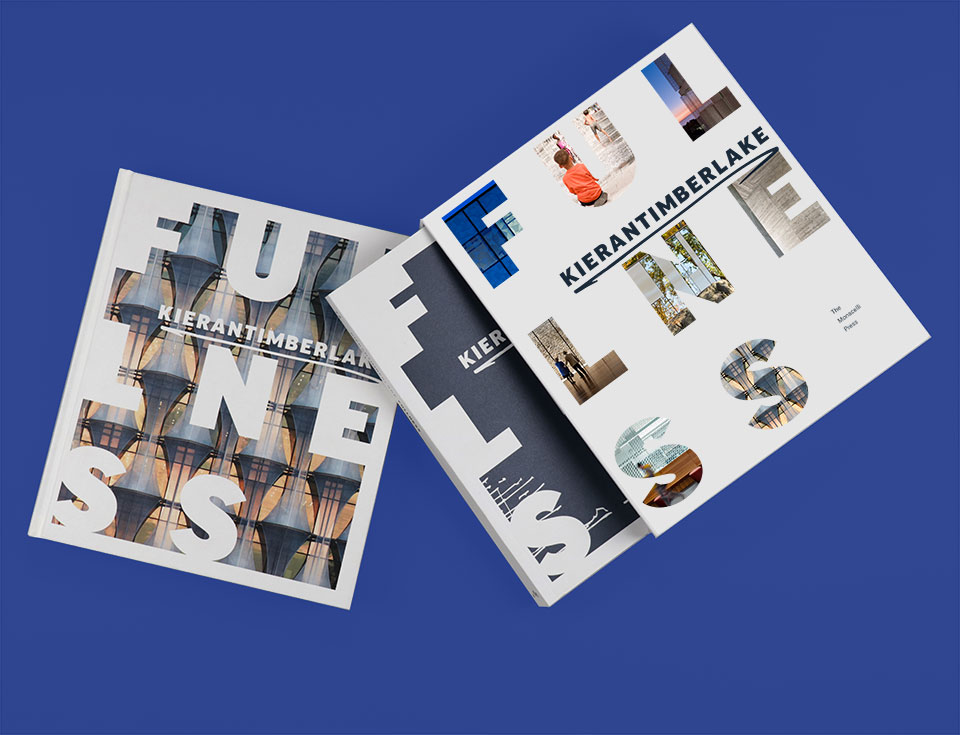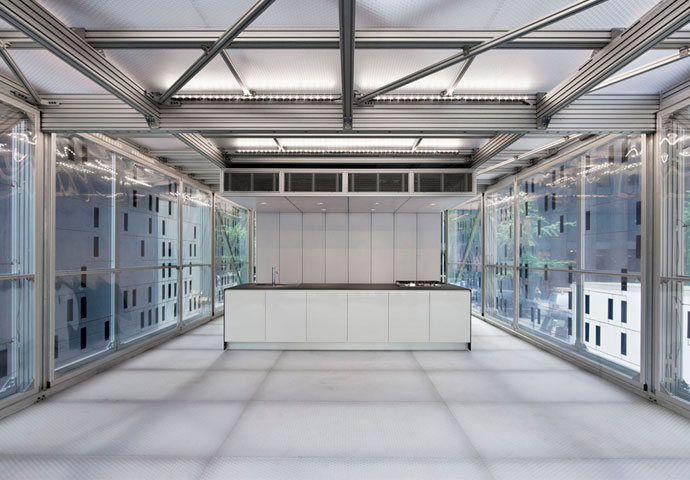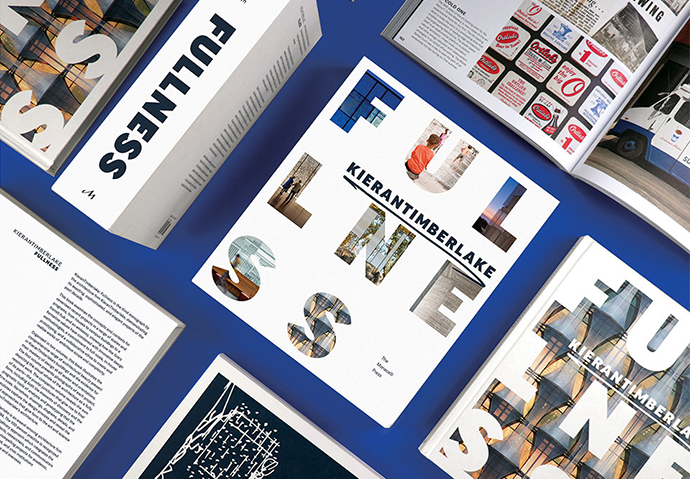The Monacelli Press Publishes New KieranTimberlake Monograph
We are thrilled to announce the publication of our new monograph, titled KieranTimberlake: Fullness, on November 19, 2019. This two-volume set focuses on our work over the past decade--including a range of projects, from the new US Embassy in London, to the renovation of Dilworth Park at Philadelphia's City Hall, and the recyclable dwelling known as Cellophane House™. The book's title reflects its foregrounding of the fully resolved work of architecture, in contrast to the design fragments that came to the fore in earlier monographs. The first volume features sweeping views of each project, showcasing the visual integrity of the work, while the second volume reveals the sum of its parts--through drawings, diagrams, and stories. Together, they capture the communicative, collaborative nature of our process and the alchemy of art and science that gives rise to final form.
Architect and author John Hill recently reviewed Fullness for the site A Daily Dose of Architecture Books. Read the full commentary.
Four projects stand out from the seventeen: Morse and Ezra Stiles Colleges, the firm's skillful renovation of the dormitories Eero Saarinen designed for students at Yale University; Quaker Meeting House and Arts Center, an addition to their earlier Sidwell Friends School in Washington, DC, best known as the school where Barack and Michelle Obama enrolled their daughters; Ortlieb's Bottling House, the new home of KieranTimberlake; and the US Embassy in London, a high-profile, once-in-a-lifetime project. Ranging from restoration and adaptive reuse to a simple, one-room place for prayer and a highly complex office building in another continent, these buildings illustrate the variety of KieranTimberlake's projects and prove they are one of the best architecture firms in the US. Compared to their first monograph, Manual, which revealed how their buildings were physically constructed, and the conceptual threads uniting Inquiry, their second monograph, Fullness is more straightforward, even though the "fullness" is achieved by splitting the monograph into two halves.







